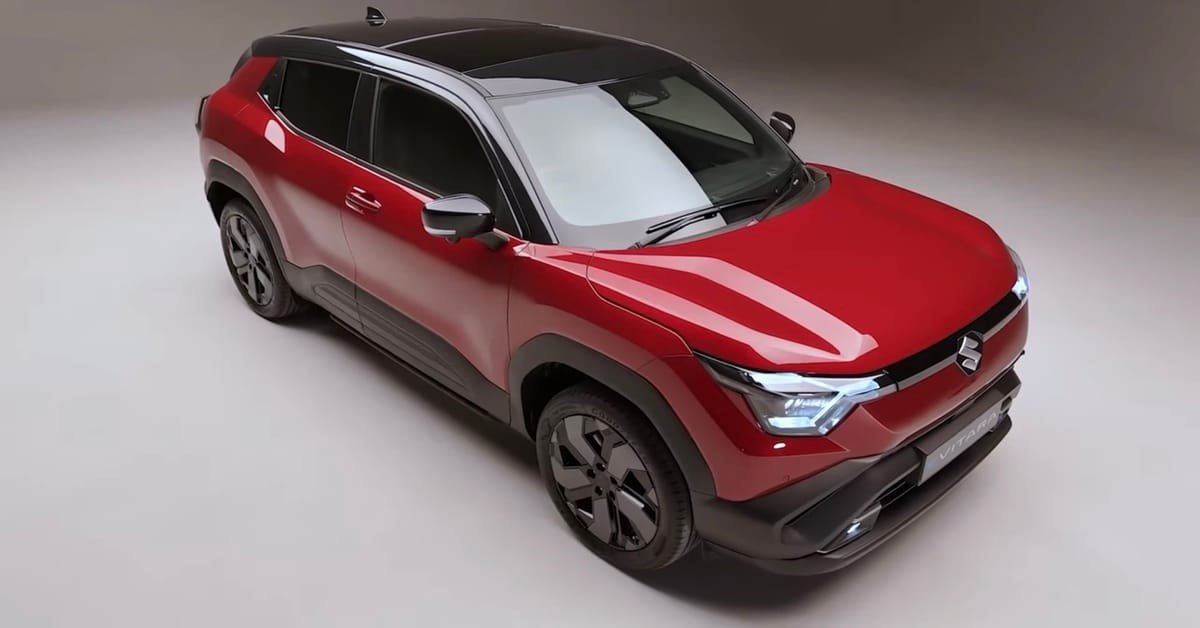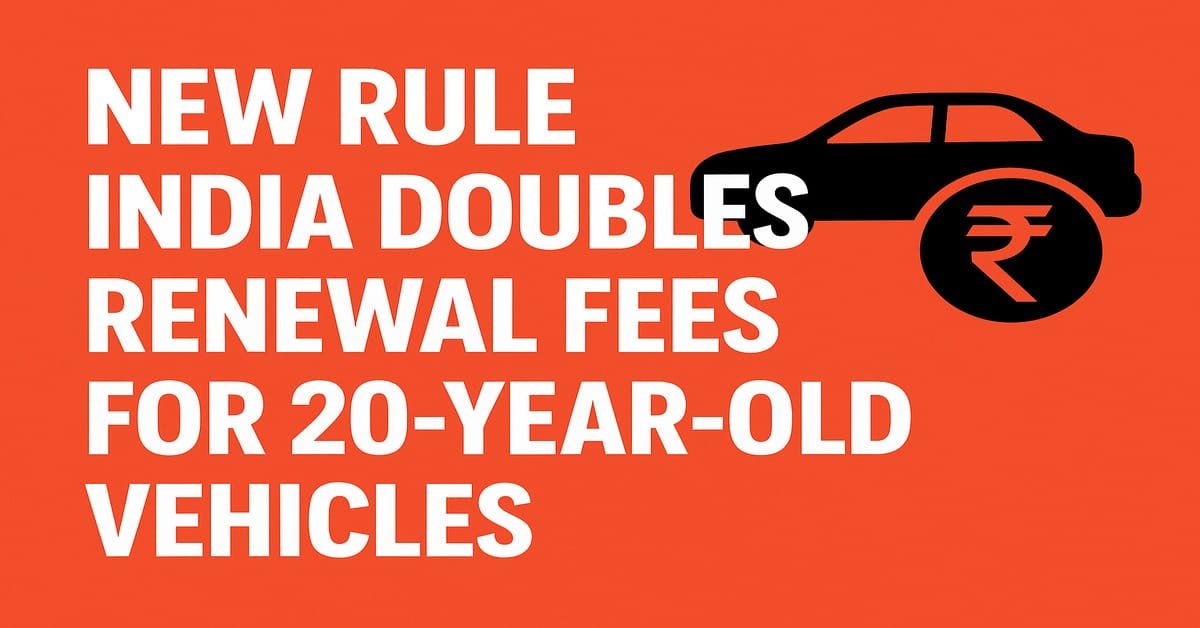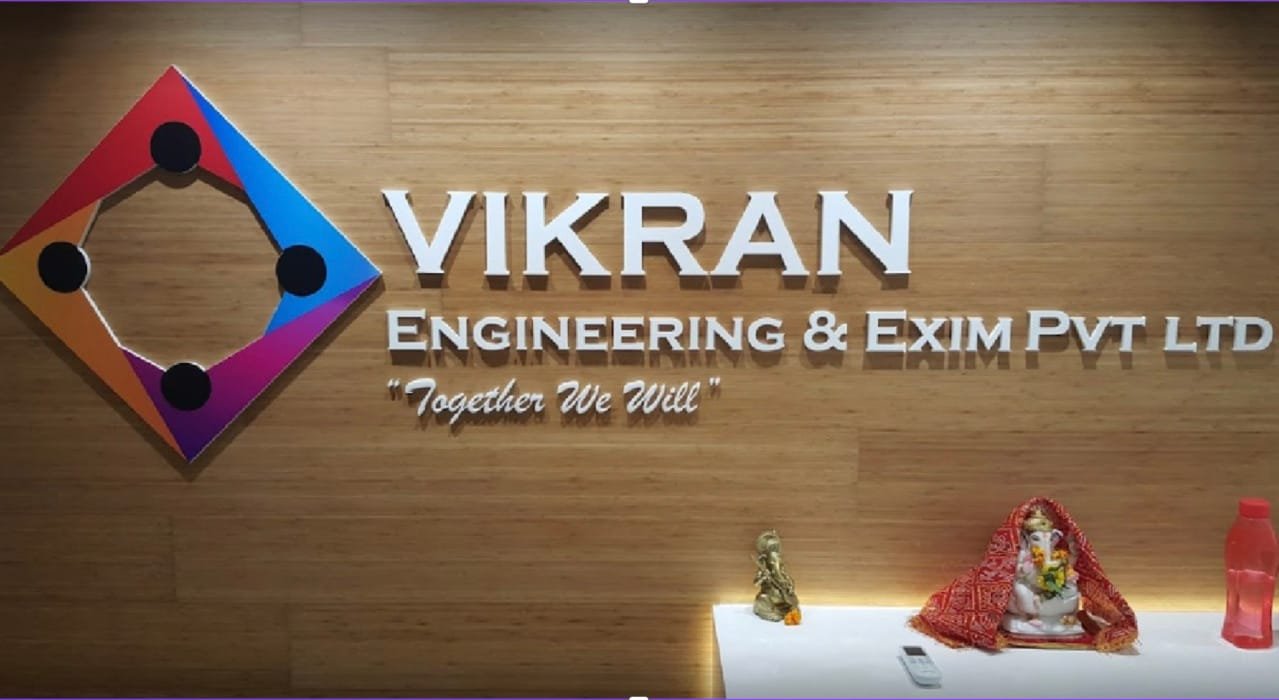Maruti Suzuki, the country’s top carmaker, is all set to enter the electric vehicle (EV) market with its highly anticipated e-Vitara. Initially expected to launch in September, the electric SUV has been delayed by a month and is now likely to hit the market in October. Once introduced, it will take on well-known electric SUVs such as the Tata Curvv EV, Hyundai Creta Electric, MG ZS EV, and Mahindra BE 05. Developed on a skateboard platform co-engineered with Toyota, the e-Vitara is expected to deliver strong performance, an impressive driving range, and advanced features that could reshape Maruti Suzuki’s role in the EV market.
Design and Styling
The e-Vitara carries a bold and muscular design, though it is slightly toned down compared to its concept version. The SUV rides on stylish 18-inch alloy wheels and will be available in ten different colors, including dual-tone options, giving buyers plenty of choices to suit their preferences. The exterior is likely to blend Maruti’s familiar design language with modern EV touches, including a sealed front grille and stylish LED lights.

Interior and Features
Inside, the e-Vitara comes with a thoughtfully crafted cabin and a distinctive dashboard design. At its heart is a 10.25-inch floating touchscreen for infotainment, paired with a 10.1-inch digital instrument cluster that gives the interior a contemporary, high-tech vibe. For added comfort, it features ventilated front seats, wireless charging, automatic climate control, and premium-quality upholstery. A flat-bottom steering wheel lends a sporty edge to the cabin.
When it comes to safety, the e-Vitara doesn’t hold back — it packs in seven airbags and Level 2 Advanced Driver Assistance Systems (ADAS), offering functions like adaptive cruise control, lane-keeping assist, and automatic emergency braking. These technologies not only boost safety but also position the e-Vitara among the most advanced electric SUVs in its class.
Powertrain and Battery Options
Maruti Suzuki will provide the e-Vitara with two battery choices to meet varying customer preferences. The entry-level version gets a 49 kWh battery pack that generates 142 BHP and 189 Nm of torque. This variant is expected to offer an MIDC-rated range of about 350 km on a single charge, making it a practical option for daily city driving and occasional highway journeys. The more powerful variant features a 61.4 kWh battery pack, generating 172 BHP and 192.5 Nm of torque. This model boasts an impressive claimed range of 550 km (MIDC), positioning it as a strong competitor against other long-range EVs in the market. Both variants come with front-wheel drive (FWD) and three driving modes Eco, Normal, and Sport—allowing drivers to adjust performance and efficiency based on their needs. An interesting aspect of the e-Vitara’s battery technology is the use of LFP (Lithium Iron Phosphate) ‘blade’ cells sourced from BYD. These batteries are known for their durability, thermal stability, and longer lifespan compared to traditional lithium-ion batteries. This decision highlights Maruti Suzuki’s commitment to delivering reliability and safety in its debut electric vehicle.
Expected Competition and Market Impact
India’s electric SUV market is expanding quickly, with models such as the Tata Curvv EV, Hyundai Creta Electric, and MG ZS EV already gaining significant attention. The e-Vitara’s success will depend on its pricing, real-world range, and Maruti Suzuki’s extensive service network. Given the brand’s strong reputation for affordability and low maintenance costs, the e-Vitara could attract a large number of first-time EV buyers looking for a trusted name in the market.
Also Read:Maruti Suzuki Escudo At 9 Lakh : Features, Engine Options & What To Expect?
Conclusion
The Maruti Suzuki e-Vitara marks an important milestone for the company as it ventures into the electric vehicle space. With a stylish design, feature-packed interior, strong performance, and a competitive range, the e-Vitara has the potential to become a popular choice among Indian EV buyers. While the delay in its launch may disappoint some, the October rollout could give Maruti Suzuki more time to fine-tune the vehicle and ensure a strong market entry. If priced competitively, the e-Vitara could play a key role in accelerating EV adoption in India.
As the launch date approaches, more details about pricing and exact specifications will emerge, giving customers a clearer picture of what to expect. For now, the e-Vitara appears to be a strong contender in India’s growing electric SUV segment.









